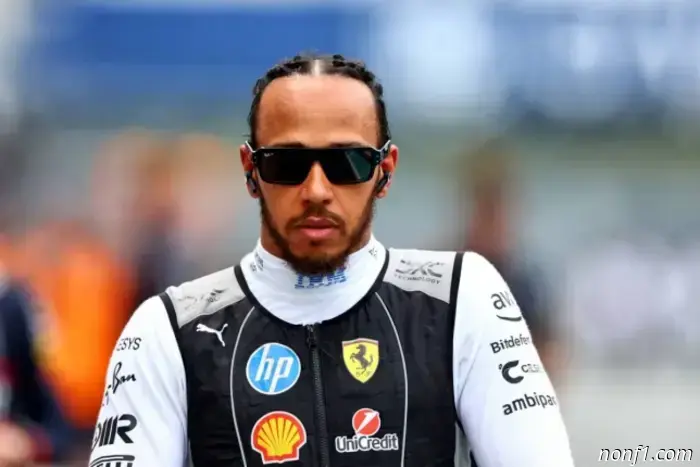
Jolyon Palmer talks about Hamilton's problems
The first quarter of the season is over, and the way things are going for Lewis Hamilton at Ferrari has to be classified as a disappointment. Jolyon Palmer, a former Formula 1 racer and now an expert on the official website of the championship, discusses the reasons for these difficulties.
It seems that everything went wrong for Ferrari during the Miami weekend, and this impression was only reinforced by the remarks of both drivers that we heard on the radio during the final stretch of the race. Although, from my point of view, the Scuderia did not make any special mistakes at the team level last weekend - rather, they were just trying to do something to improve the efficiency of the car.
Mixed results of the sprint
Saturday's race was a difficult experience for Ferrari. Charles Leclair couldn't even get to the start because he crashed into the bumpers on the way to the starting field, but Lewis Hamilton was smiling again, finishing third.
It is clear that the team's decision to put both riders on the track on intermediate tires in such difficult conditions raised questions, because it was for this reason that Leclair was caught off guard by aquaplaning on the first lap of the exit from the pits.
However, I see a certain logic in this decision. Before the sprint, riders only complete one lap on their way to the starting field, rather than several, as before the Grand Prix. The sprint would almost certainly have required starting on intermediate tires, because heavy rain tires could not be the optimal solution for a race with a distance of 19 laps.
I think that's why Ferrari released the riders on the Intermediate rubber track: the decision to give them the opportunity to assess the conditions on the track certainly made sense. But the rain suddenly increased when Charles was on the exit lap from the pits, and in this situation such a decision already looked unwise, because the other teams, having seen such a picture, preferred the safer option and put tires on their cars for heavy rain.
In the remaining sessions of the weekend, the Italian team performed more or less normally, but their cars clearly lacked pace.
Hamilton's third place in the sprint was a very clear illustration of this. In fact, Ferrari performed perfectly in the short race, seeing that Hamilton was lagging behind the group of leaders, riding sixth and holding back not only Alex Albon's Williams, but also Fernando Alonso's Aston Martin.
It was precisely because of the lack of pace that it was easier for Hamilton to make the decision to switch to slicks first, so he eventually finished third - in addition, he was more comfortable driving, he felt that since the tires had warmed up earlier than his rivals, they provided more effective grip.
The showdown on the radio
On Sunday, the radio exchange between the two Scuderia riders caught everyone's attention, but again, I don't think the team acted that badly. On average, she's the best pitstop driver this year, and she did a good job of it again in Miami.
Ferrari also optimized tactics by inviting both drivers into the pits at the same time when the virtual Safety car (VSC) mode was introduced. Thanks to this, they were able to defeat Carlos Sainz and, perhaps, got the opportunity to try to catch up with Kimi Antonelli.
Perhaps the team should have allowed Lewis to get ahead of Charles a little earlier, because one can argue that the delay in making a decision led to the fact that the peak performance of the tires had already been passed. In fact, when his teammate let Hamilton pass, Hamilton drove no faster than Leclair, so the Ferrari's hesitation is understandable.
Even if he had been allowed to overtake his teammate immediately, and even if he had been able to go faster because his tires were even fresher, it is extremely unlikely that he would have overtaken and overtaken Antonelli – the interval to the Mercedes car was clearly longer than the attack distance, and in the end Kimi calmly finished sixth.
The reverse exchange of positions, which took place later, was also an inevitable decision.
What are Hamilton's problems?
All Formula 1 cars of the current generation are extremely sensitive to ground clearance. The lower this level, the faster the rider can go, because thanks to the ground effect, the aerodynamic body kit of the chassis generates more downforce. And the clearance is limited by the control bar under the bottom of the machine and the technical regulations.
But it seems that the Ferrari car is more sensitive than others to changes in ground clearance: when it increases, the SF-25 loses a greater percentage of pressure and immediately goes beyond the optimal settings.
According to the video taken by the on-board cameras of Hamilton's car during qualifying in Miami, it can be seen that it slides along the track with both front and rear wheels, but above all with the rear axle. This is a clear sign that the car is not developing sufficient downforce, and the upgraded underbody introduced by the team a few races ago is still not working so effectively.
Over the past few seasons, Hamilton has been plagued by difficulties related to the unstable behavior of the rear of the car. That's why he had problems driving a Mercedes last year, and it looks like the same trend is happening at Ferrari.
He usually likes to take turns at a fairly high speed at the entrance, but this requires stability in the rear of the car, and since Melbourne we have seen that he is trying to adapt his usual driving style in an effort to get more out of the SF-25.
It is clear that this process is still ongoing, and besides, Lewis is trying to find the best mode of communication with Riccardo Adami, his racing engineer. All of these can be considered a kind of transitional illness, but I doubt that Hamilton and his team foresaw that they would continue even at this stage of the season, with six races already behind them.
At the same time, Ferrari's home race in Imola is ahead, which will begin a series of three stages in a row, and all of them will take place on tracks where it is extremely important to achieve efficient chassis operation and the required level of downforce. The Scuderia faces a difficult test, but if the team can find a more correct approach to setting up the car, I have no doubt that its drivers will have the opportunity to fight for victories. Despite all that we hear on the radio.
Other articles
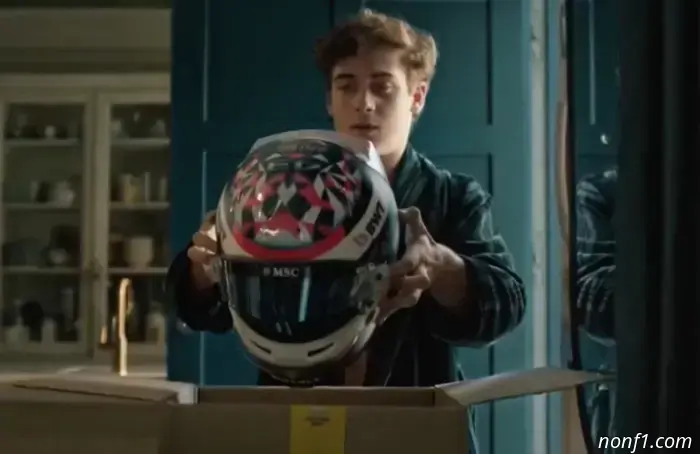 Colapinto's sponsors are exploiting the theme of his return
Alpine F1 only confirmed yesterday that Franco Colapinto will replace Jack Duane at the Imola stage, but it seems that the sponsors of the Argentine racer knew about it and were preparing in advance...
Colapinto's sponsors are exploiting the theme of his return
Alpine F1 only confirmed yesterday that Franco Colapinto will replace Jack Duane at the Imola stage, but it seems that the sponsors of the Argentine racer knew about it and were preparing in advance...
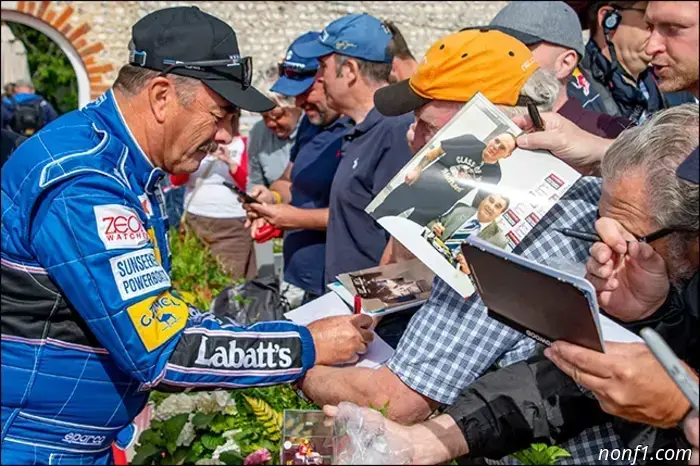 Andretti, Mansell and Prost will come to the Festival of speed
World champions Mario Andretti, Nigel Mansell and Alain Prost will arrive at Goodwood, where they will take part in the celebration of the 75th anniversary of Formula 1.
Andretti, Mansell and Prost will come to the Festival of speed
World champions Mario Andretti, Nigel Mansell and Alain Prost will arrive at Goodwood, where they will take part in the celebration of the 75th anniversary of Formula 1.
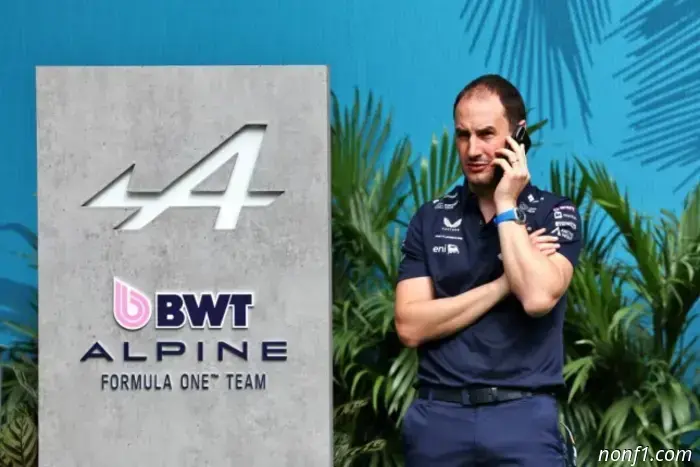 Chandhok: Alpine is influenced by factors that we don't see
Karun Chandhok believes that Oliver Oakes' resignation is a sign of a more serious crisis that is shaking the team from Enstone...
Chandhok: Alpine is influenced by factors that we don't see
Karun Chandhok believes that Oliver Oakes' resignation is a sign of a more serious crisis that is shaking the team from Enstone...
 Haas F1 congratulated Berman
The Haas F1 team congratulated its driver Oliver Berman on his birthday, as well as on the fact that he is no longer considered a teenager...
Haas F1 congratulated Berman
The Haas F1 team congratulated its driver Oliver Berman on his birthday, as well as on the fact that he is no longer considered a teenager...
 Pato O'ward gets behind the wheel at a training session in Mexico City
McLaren has announced that Arrow McLaren IndyCar driver Pato O'ward will take part in the first practice session of the Mexico City Grand Prix for the second year in a row...
Pato O'ward gets behind the wheel at a training session in Mexico City
McLaren has announced that Arrow McLaren IndyCar driver Pato O'ward will take part in the first practice session of the Mexico City Grand Prix for the second year in a row...
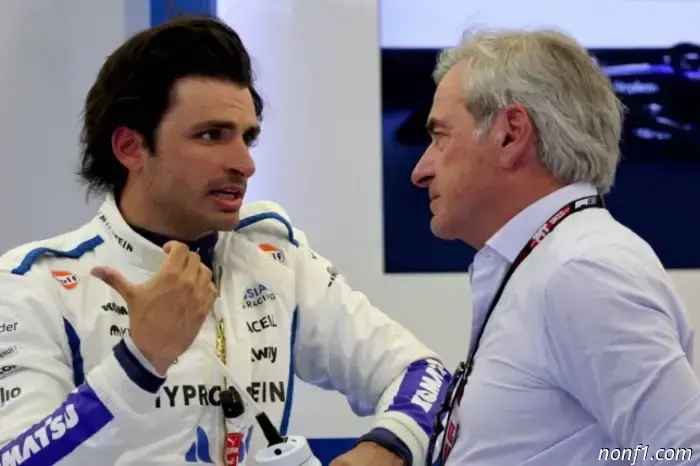 Sainz Sr.: Carlos made the right choice
Carlos Sainz Sr., in an interview with the Madrid newspaper Marca, was optimistic about his son's progress, and believes that this is a sign that the choice in favor of Williams was the right one...
Sainz Sr.: Carlos made the right choice
Carlos Sainz Sr., in an interview with the Madrid newspaper Marca, was optimistic about his son's progress, and believes that this is a sign that the choice in favor of Williams was the right one...
Jolyon Palmer talks about Hamilton's problems
The first quarter of the season is over, but Lewis Hamilton and Ferrari continue to have difficulties. Jolyon Palmer discusses the causes of these problems...
